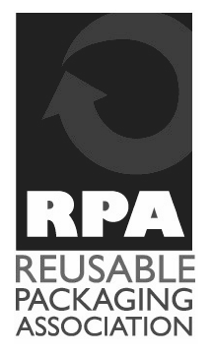Footwear news, By Madeleine Streets, DEC 11, 2020 1:43PM PT
For customers, the returns process ends once the package has been handed off to the mail carrier, but for retailers that is only the start. Returns can drain resources and complicate logistics with their unpredictability, but this holiday season will present greater challenges. New research from commercial real estate firm CBRE predicts that holiday returns will account for up to $70.5 billion this year.
The explosion of e-commerce as a result of the pandemic has led to a projected total increase of 40% for 2020, totalling $234.9 billion; this accounts to 32% of total retail sales, according to CBRE. While this is positive news for merchants, the returns rate is also expected to increase as online purchases report a higher average return rate (up to 30%).
“Apparel retailers likely will see the biggest rise in reverse logistics costs as many customers buy several of the same items to try on and return the ones that don’t fit,” said the CBRE research report. “Apparel has the highest return rate for online purchases, as much as double that of in-store purchases. [Returns platform] Optoro estimates that the value of fashion apparel depreciates by 20% to 50% over an eight-to-16-week period, creating urgency to get returned items back up for sale.”
This urgency means that an efficient logistics process will be table stakes for retailers looking to keep costs down and sales up. One big problem for retailers is that, unlike outbound deliveries, returns cannot be known and prepared for in advance with much specificity. Even if a merchant knows that a proportion of goods will be returned, it is impossible to predict exactly where these items will be shipping from and when.
Without this insight, retailers are tasked with navigating logistics on the fly. This requires access to shipping and warehouse space; the personnel to process each return; and inventory planning that helps reintegrate these items into the supply chain. The cost of these in combination can amount to 59% of the sale price of a $50 item.

“Although many customers expect a free returns policy, the cost to return items is significant for retailers,” said the CBRE report. “Providing customers the option to return their online purchases in-store can lower call center, transportation, processing and discount costs. Nevertheless, significant investment in technology is needed for retailers to seamlessly process returns and correctly reposition them for sale.”
The holiday period is to exacerbate all existing friction points in the returns process, with CBRE predicting that third-party logistics providers will account for even more of the support going forward. It is estimated that reverse logistics require 20% more space and labor capacity than outbound logistics; 3PLs have the greatest market share (27%) of warehouse space of any retail player, with e-commerce only merchants in second (22%).
Utilizing a 3PL means that retailers can devote all warehousing space to outbound logistics, which can be more easily organized. It can also help improve the overall efficiency and sustainability of the shipping process, as excess warehouse room can be used for other retail products and shipments can be consolidated for faster, more economical transport.
For retailers who don’t want to outsource, establishing a comprehensive internal infrastructure will be critical. By putting in the work to improve size guidance, streamline the returns protocol and analyze returns patterns, merchants can reduce the strain and uncertainty of reverse logistics.
“A substantial increase in returns after the 2020 holiday season will create many reverse-logistics challenges that effective real estate and supply chain management can partially address,” said CBRE. “More important, however, is calibrating the retailer’s product offering by leveraging consumer-use data, product/packaging design and operational data to better understand why an item was returned.”








